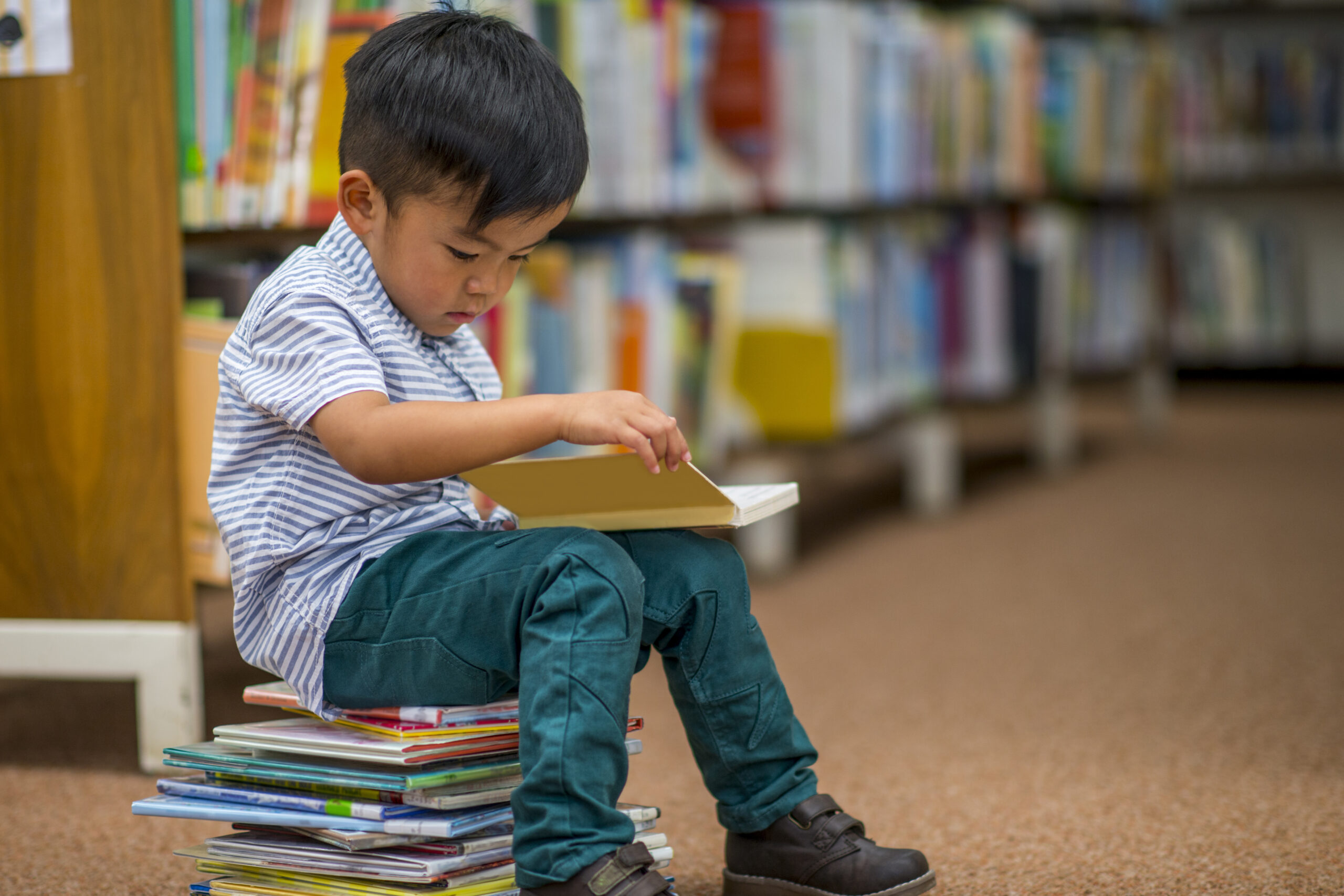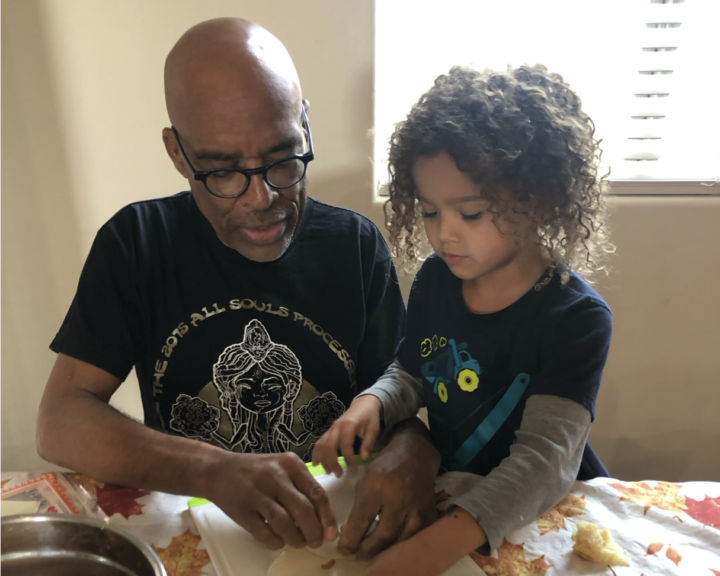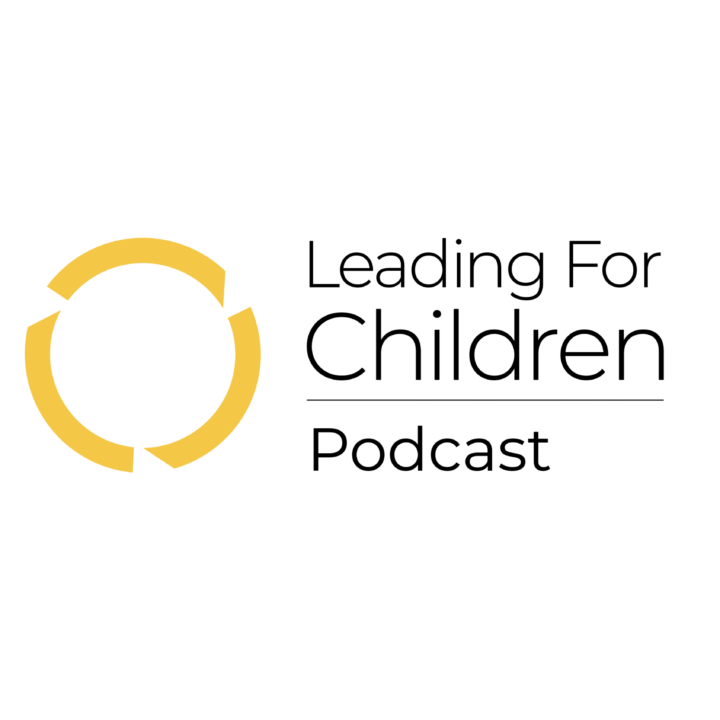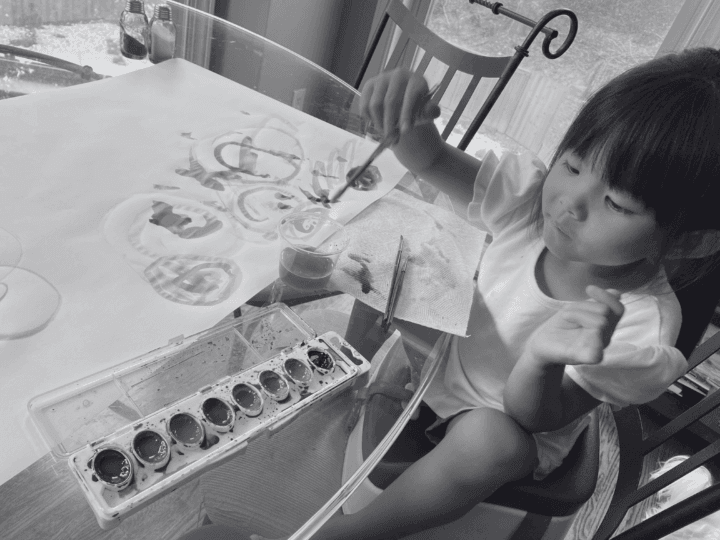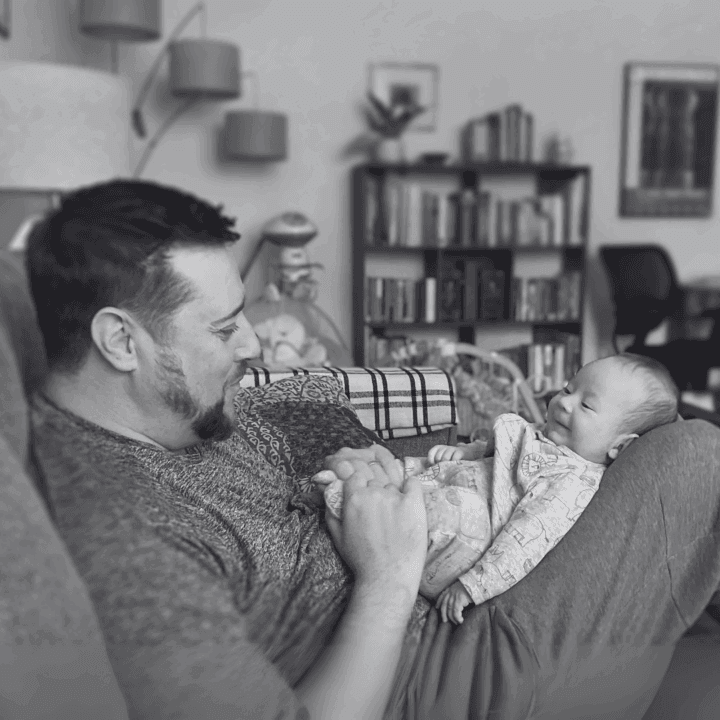In our episode of The Leading for Children Podcast this month, we were joined by two wonderful guests, Joelle Wheatley, a member of LFC’s community and mother of four and six-year old children, and Maria Rosado, a Montessori Teacher and LFC Facilitator. Together, we engaged in a rich conversation about what it means to cultivate and be in calm emotional and physical environments, and how this helps create thriving communities for children. The rule of ‘calm’ is the sixth in our book, 11 Simple Rules to Create Thriving Communities for Children.
Observing ‘Calm’ in Your Physical Space
Take a moment to observe the environment you’re in right now. What do you notice about the lighting, colors, textures, sounds, smells, and temperature? See if you can draw parallels between these surroundings and the way you’re feeling. Perhaps it’s a little chilly and your body is tense; maybe a candle is burning that reminds you of a recent vacation and puts a smile on your face. The physical environment sends powerful signals that can either support your mood and ability to cope with challenges or further contribute to stress.
In this month’s podcast conversation, Maria closed her eyes and described the calmness she feels walking into her classroom every morning. She has carefully curated the aesthetics so they support her in feeling grounded and at ease. She shared:
As soon as I walk into the room, I can take a breath and just be like, ‘Okay, how do I want to start my day? What do I wanna accomplish today? And how are we going to have fun today?’
Regulating Your Mind and Body
Do you ever wake up and know immediately that it’s going to be a tough morning? Maybe you didn’t sleep well or long enough. Maybe you’re anticipating stress. Maybe you don’t know what’s going on for you – you just know you don’t feel great. Think about the first interaction you have on those days. Sometimes we work to avoid putting our ‘yuck’ on the other person, but sometimes we let the ‘yuck’ take up space in the room and relationship. Now, imagine you’re on the other side of this interaction – you woke up feeling good and suddenly you’re faced with negativity that isn’t yours.
There are so many ways this situation can play out. Nichole experienced one of them recently with her twelve-year-old daughter. Their first interaction of the day began with Nichole’s gentle greeting, and was met with a tone that immediately informed her that it wouldn’t be the smoothest morning. Nichole shared how the subsequent school drop-off unfolded during our episode:
I said, ‘I love you, sweet girl.’ And she looked at me and she said, ‘Okay, have a good day.’ And she got out of the van and I felt immediately that dysregulation in me, like everything I know about pre-adolescence, hormones, about her, kind of went out the window for about five seconds and I was so close to rolling down my window and saying, ‘Ma’am, get back here. How dare you!’ but I took a deep breath and drove on.
In this difficult moment, Nichole paused and checked in with herself. The pause gave her an opportunity to recognize the behavior wasn’t personal and hold space for compassion, knowing that her daughter was experiencing intense feelings and trying to manage them on her own. When Nichole picked her up from school later that day, she noticed the mood had shifted positively.
I asked, ‘What turned it around?’ She said, ‘You didn’t yell or get mad when I said ‘Thank you, have a good day.’ I didn’t mean to hurt your feelings.’
Despite Nichole’s initial hurt reaction to her daughter’s behavior, she created a space of emotional calm that invited healing and the opportunity to move forward easefully. This deepened the trust in their relationship and reinforced their ability to work together through challenges, setting the stage for less tension in the future.
Emulating ‘Calm’ for Others
As the adults in children’s lives, it’s our job to create stable spaces where they feel the freedom to explore and be themselves without undue anxiety. This can be a real challenge! The swirling, passionate energy of young children can be incredibly overwhelming for the adults responsible for keeping them safe. And the “calm” we instinctively envision might not always be reasonable or obtainable – and that’s okay. How ‘calm’ looks doesn’t have to fit a script – what matters is that everyone can move about peacefully. Think about a space where you are responsible for creating the calm tone – how do you know when you’ve achieved it?
Contemplating her role managing a classroom full of excitable two-year-olds, Maria invoked the “duck on the water” analogy: Above the surface, the duck appears to be gracefully floating towards a destination. This vision of ease and contentment is what we seek to portray to our children. Underneath the surface, however, the duck is frantically paddling its feet. Maria often feels this frenzied effort happening in her mind and body, despite the energy she’s able to create in the classroom. Joelle relatably acknowledged:
Sometimes I feel as though I’m that duck, and I think my feet are underwater, but they’re not.
Often, we think we are putting on a well-meaning, convincing act, but in reality, our children can see right through it, making it crucial that we regularly check in with ourselves and practice self-care.
How Can We Create ‘Calm’ for Ourselves and Children?
Here are some strategies you can implement to embrace ‘calm’ in your shared spaces:
- Take breaks when you need them – as long as everyone is safe, it’s okay to step away for a minute and regulate yourself in a space that supports your ‘calm.’
- Let people in your space know when things are not feeling calm for you so they can offer support instead of reacting defensively.
- When you notice someone else is struggling to feel calm, practice activating curiosity and compassion instead of making assumptions or escalating the distress.
- Look for adjustments you can make in your physical space that will soothe the senses. For example, you could try using softer lighting, tidying up, or playing gentle background music.
Finding calm amidst our busy world is a challenge of prioritizing your wellness. We tend to pressure ourselves to put external factors, like productivity and other people’s wellness, before internal ones, like minimizing stress and increasing pleasure. You are worth it! Your sense of peace is not a luxury, it’s essential. Peace keeps us mindful, helps us build stronger relationships, and supports resilience. Calm environments invite us to consider possibilities for interactions and learning. We want to come back to these spaces again and again.
